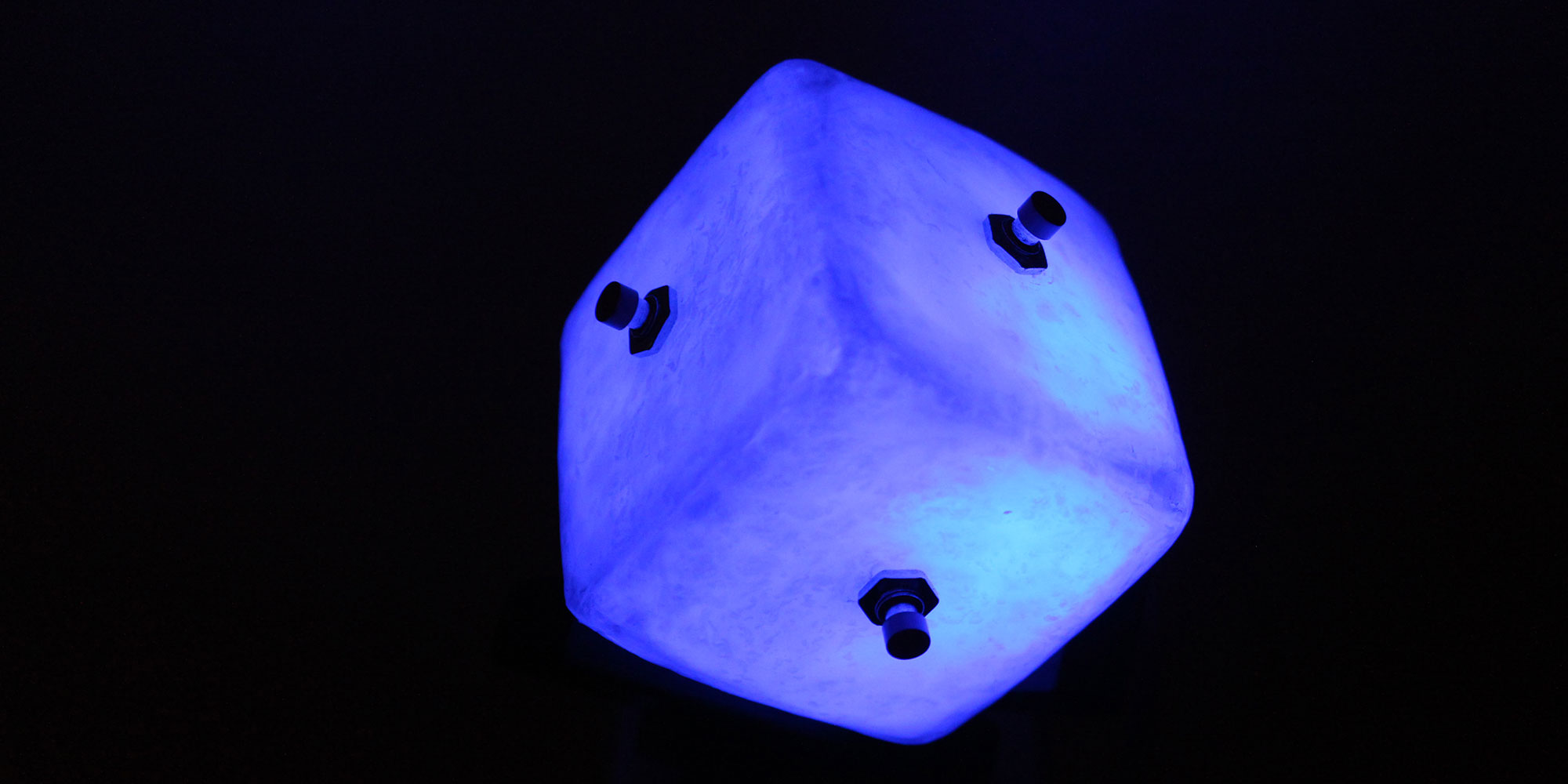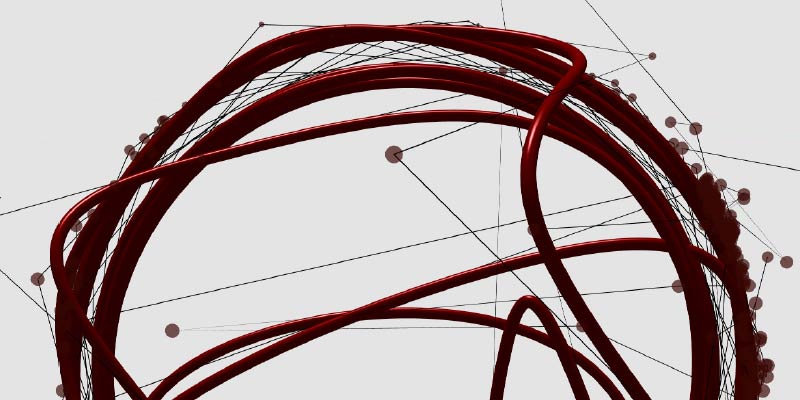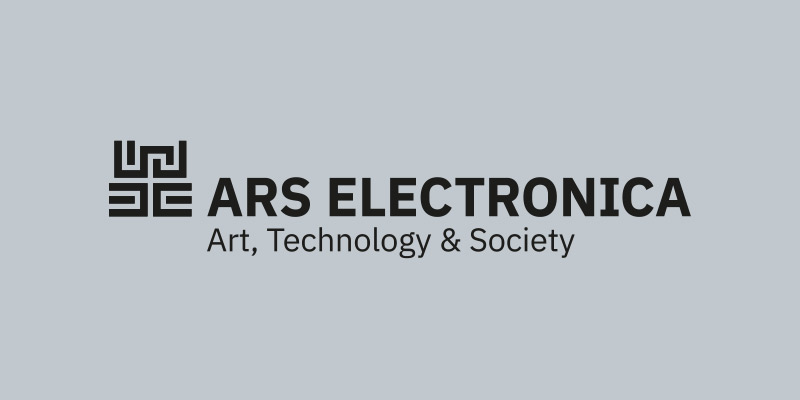Opening night with live performances
The opening night will feature several live performances all related to the theme “new connections”. This for example by revisiting and passing on music traditions through electronic means, new tactile electronic instruments and an AV show performed by live coding artists.
Taro / Adrien L‘ Honoré Naber (NL)
Taro creates a sonic world where he takes you along on his journey’s around different cultures emphasizing the beauty of collaboration, shaping lost worlds with hypnotizing atmospheres to immerse into stories based on ancient myths, legends and folklore. This by a foundation of rhythms derived from underground bass music.
Dianne Verdonk (NL)
Dianne Verdonk – inventor of new instruments, performer, composer – seeks the ultimate, personal form of musical expression in the creation and performance of electroacoustic music. For years, she operated within different contexts as a double bass- and cello player, but her craving for making and performing electronic music roused her to start the creation of her own instruments: La Diantenne, the Bellyhorn and Pulseyarn.
Rafaela Andrade (BR), Timo Hoogland (NL)
During this experimental electronic set both performers will play their own instrument/environment, but have also “infected” each other with a small “computer-virus” that allows them to interfere in each other’s environment by manipulating code and parameters over the network. This interaction will take place through the use of OSC messages over a network.
Interbellum – Nathan Marcus & Loden Rietveld (NL)
Interbellum is an audio visual collective consisting of the musicians and instrument builders Nathan Marcus and Loden Rietveld, and the designers Malou Palmboom and Aimée Gersons. Together they create immersive audiovisual performances. Their new project „Symbiotic Interlude“ investigates how nature and technology meet. How do these seemingly opposite entities connect and what lays in the middle?
Lars Bijleveld, Wes Broersen (NL)
Systems designer and electronic musician Lars Bijleveld focuses on innovating composition within the audiovisual domain. His performances are characterized by atmospheric scapes and powerful beats that reveal his preference for layered sound design. Wes Broersen is in his own words: “bridging the gap between technology and art by combining light, sound, contemporary art and science”. Together on stage they showcase their AV live coding talents.
Online Exhibition
The exhibition shows how young artists envision and reflect on how we (can) connect with the world around us. This through different topics and by different means. From looking beyond our data driven society to imagining the future of human reproduction.
Guest Worker
Merijn van Moll (NL), Ruben van de Ven (NL)
With the emergence of services such as Amazon’s Mechanical Turk, specific parts of automatic processes are being outsourced to human workers. These Human Intelligence Tasks are tasks that a machine cannot execute, for example retyping a scanned receipt or entering a Captcha code. In this way machines selectively delegate tasks to humans, creating a human working class that remains largely invisible. In Guest Worker this feedback loop between man and machine is made visible. This project was developed in light of Future scenarios for AI and the job market by SETUP and the NSvP foundations.
Verlichting
Lisa Bast (NL)
VERLICHTING (Enlightenment) is an installation based on daily moments, daily moments as a means to be enlightened. As a multidisciplinary artist her aim is to create objects with social meaning. A holistic view on the world is at the core of her work. With minimal forms and limited sources of materials she searches for meaning in an overwhelming world. Light, movement and sound are used to create a connection between object and observer. With the aim to make the observer a participant.
HertzianSpace
Daniël Korssen (NL)
HertzianSpace is a (semi) real-time visualization of the packets that are sent between our mobile devices and Wi-Fi access points to communicate. In short, making the invisible of everyday life communication visible. The first version of this installation premiered at the 2019 Bring Your Own Beamer event in Utrecht. Essential to the work is that it is realized in OpenFrameworks. The code is published on GitHub.
Panoptic
Roel van Weerdenburg (NL)
Panoptical explores the theory of panopticism, which is the behavioral discipline and structure that results from the conviction that one is constantly surveilled by authorities. In this site-specific installation, the visitor is forced to experience and reflect on the presence of mass-surveillance techniques, how these are introduced into our daily lives and how fragile these systems are.
wait, what?
Jorien Aberkrom (NL)
Most websites earn from the advertisements that are clicked on. That means the goal of the website is to make sure you stay there as long as possible and hit as many advertisements as possible. wait, what? wants to make you think about accepting cookies and filling in ‚Free‘ sign-up forms on websites. Can we trust that a website really cares about your privacy as they state? How many hours should we spend on social media and why isn’t it easier to live up to that? We have nothing to hide right now, but we have a lot to protect for our future.
Shaping Futures
Nienke Meinster (NL)
Shaping Futures wants to make our impact as an individual on the whole of the earth tangible. The interactive installation serves as a metaphor of the planet. Every participant will leave something in the soundscape to which the light of the planet will respond. Together we make something very beautiful, or something totally terrible. We all have an impact on the future, no matter how small it is what we leave behind.
Baby Builder
Bertrand Burger (NL)
With the Baby Builder you design your own child through genetic modification. Prevent nasty genetic diseases, increase intelligence, and make your child extra social and empathetic. It is not possible today, but it may be in the future. A good development, or not? The speculative design of this interactive installation provokes and encourages critical thinking about the potential implications of technology. Is this a future we want and where do we draw the line?
DIY playground
Jaco Schilp (NL)
The idea behind this DIY playground is derived from the Bring Your Own Beamer concept. It is transformed into an installation where participants are connected to each other via a main computer. Together a joint work is created. For example, people can also make live light drawings as part of the work for example. The goal is to inspire each other and to cooperate. It is an ongoing creative experiment during the two days of the exhibition.


